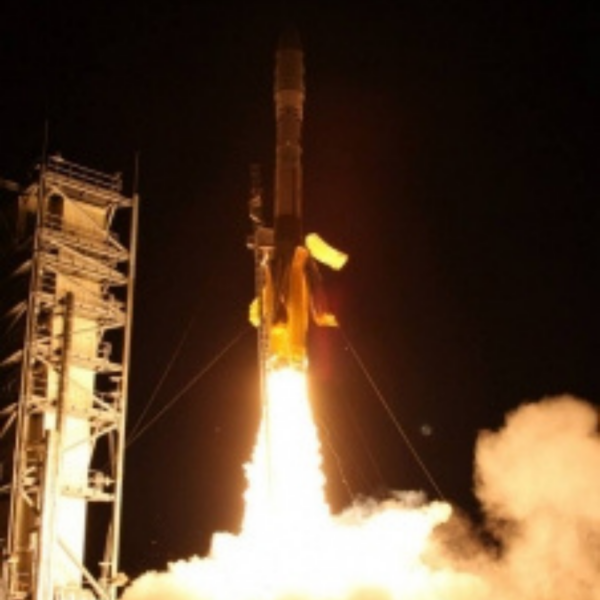A web-based application providing insight into mission telemetry
The ability to access, view, and analyze telemetry data originating from spacecraft and space instruments is essential to enable mission engineers and operators to understand the health, safety, and performance of these flight systems. Telemetry data originate from many different types of subsystems and take many different forms, from sensor measurements to onboard software status. The variety and abundance of these data creates challenges for efficient access and assessment and demands the creation of tools for analysis to serve all aspects of space-flight operations.
LASP has developed a versatile, browser-based, multi-mission tool called WebTCAD (Web-based Telemetry, Checking, Analysis, and Display) that enables ad-hoc visualization and analysis of the full variety of telemetry data. The software provides a graphical user interface and flexible data model for both finding and interacting with telemetry data of a variety of types and cadences. This tool is widely used both within LASP and by multiple other organizations we partner with, including for the SORCE, MAVEN, AIM, MMS, MinXSS, Kepler, SDO, and GOES missions.
WebTCAD uses modern web application technologies to enable the flow of unprocessed telemetry data to a user’s browser, allowing them to then interact directly with the data—searching, thinning, filtering, plotting, zooming, quality checking, and trending the telemetry items to meet the demands of any given analysis. The tool also facilitates visual interrogation of telemetry data against defined limits and state desirability information. Users are able to save and restore session information, permitting the later return to the tool to repeat prior analyses. This session information may also be shared with other users and also serve to establish subsystem-based or “theme-based” views.
WebTCAD provides a comprehensive solution for engineers accessing and analyzing space flight data, while the software’s architecture provides the flexibility needed to adapt to the varied needs of many missions, even allowing the incorporation of external datasets for inter-comparison purposes.

